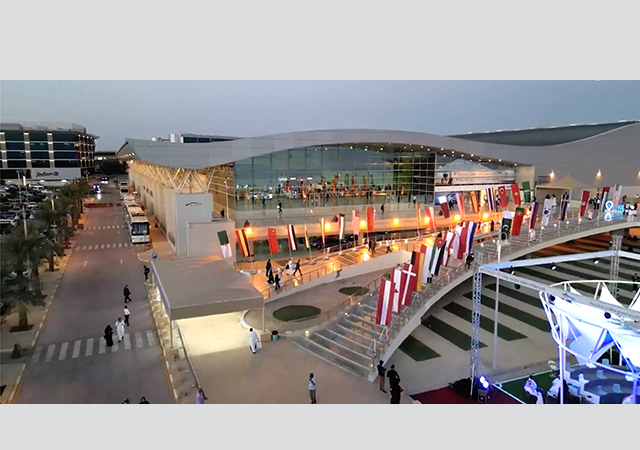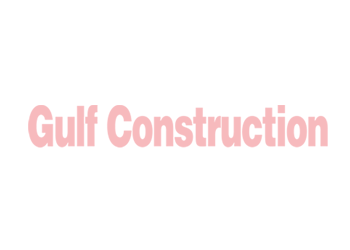
 Cost-saving approach, high standards, and exceptional service are the secret of Doka’s success.
Cost-saving approach, high standards, and exceptional service are the secret of Doka’s success.
HALF a century ago, on May 6, 1958, a firm by the name of ‘Österreichische Doka, Schalungs- und Gerüstungstechnik GmbH’ was first registered in the Austrian register of companies.
Today, the firm — known as Doka — enjoys worldwide recognition and is a by-word for quality, innovation and capability in all areas of formwork technology.
With its outstanding products, high-calibre advisory service, competitive production operations and comprehensive package of service offerings, Doka strives towards sharpening its customers’ competitive edge.
Then and now
The roots of the parent Umdasch company go all the way back to 1868, but it was the construction of the Ybbs-Persenbeug hydroelectric power station on the River Danube in 1955 that ushered in a new era for the company.
For it was on this project that the novel, glue-bonded formwork sheets from the Umdasch carpentry firm in Amstetten made their debut, being used by the client “DOKW”. The advantages of these sheets were so convincing that soon the firm was selling them as fast as it could make them.
In a shortened version of the name of the client for whom they were first produced, they were referred to simply as “Doka” sheets, a term which ultimately also gave the company its name. Building on this success, Doka successively moved in the direction of system formwork.
Growth through innovation
By constantly innovating, Doka always keeps a step ahead in the market. When developing new forming systems, workload reduction, ease of handling, safety, durability and system compatibility are always its top priorities.
By as early as 1965, Doka had already developed large-area formwork. This was followed in 1971 by the first climbing formwork, which was used for the building of a ship lift at Lüneburg, Germany.
In 1977, Doka enlarged its range of climbing formwork with the SKE 175 hydraulic automatic climbers. These enabled the 180-m-tall piers of what was then Europe’s tallest bridge – the Kochertal Viaduct – to be formed without a crane.
In 1981, the cooling tower of the Voitsberg thermal power plant in Austria was built using the newly-developed Doka cooling tower formwork. The hand-set formwork system, Dokaflex 20, and repositionable tableforms were also premiered in the same year. The Framax-framed formwork system – now in service in its millions — started speeding up work on the site in 1986.
Over the past few years, Doka has initiated a new chapter in the history of formwork technology with its use of high-tech wood/plastic composites, as exemplified by the “H20 top” beam and the Framax Xlife sheet, to name but two. Other products such as the load-bearing tower, Staxo 100; the table lifting system, TLS; the self-climbing formwork, SKE; and the platform system, Xsafe, show that continual innovation is at the heart of the Doka corporate philosophy.
State-of-the-art facilities
To ensure its continued ability to meet ever-rising demand, Doka has been investing heavily in expanding and upgrading its production facilities. A new beam-flange production line and four moulding stations for the end-reinforcements on the ‘H20 top’ beam, will take annual output to 12 m linear metres of formwork beams.
The new container terminal, with a gantry crane and a computer-controlled high-rack warehouse, will ensure that the huge volumes of goods being shipped out of the Amstetten main plant will continue to arrive in the right place, at the right time. About 4 million sq m of three-ply sheets are produced at the branch plant in Slovakia a year.
Mideast expansion
Doka is currently represented in more than 65 countries, with over 140 branches and logistics facilities.
Its cost-saving approach, the high quality standards, and the exceptional service are the secret of Doka’s long-lasting business relationships, and guarantee a bright future that follows the success of the past years.
Listening closely to contractors’ needs, the sales locations in the Middle East had been established following a strong market demand in the context of an unprecedented expansion of the construction industry.
The first branch to be opened in the Middle East was in Kuwait in 1977, followed by Doka Gulf in the UAE and Doka Establishment in Saudi Arabia, Bahrain, Lebanon, and Qatar.
All Doka branches work closely together and complement each other, for the benefit of swift and efficient service and delivery of high-performing formwork systems.


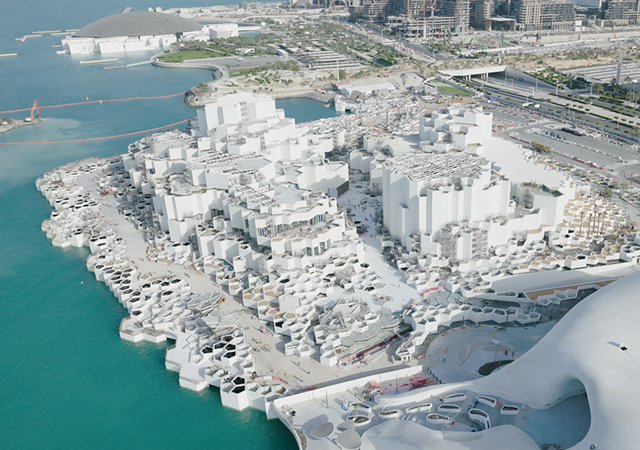


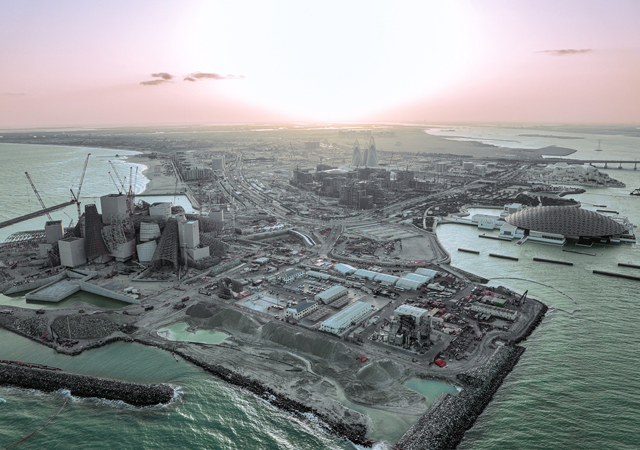
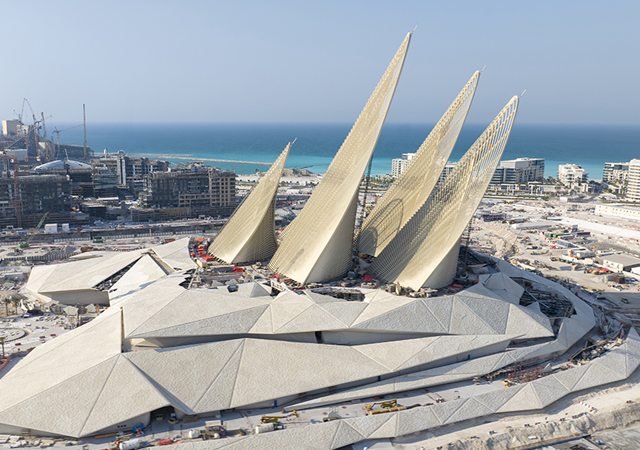
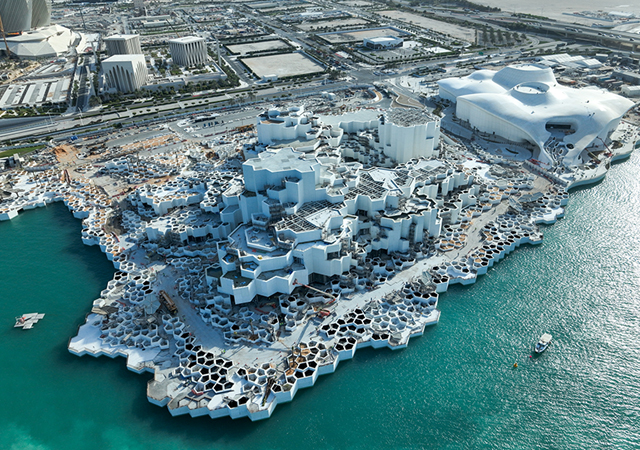
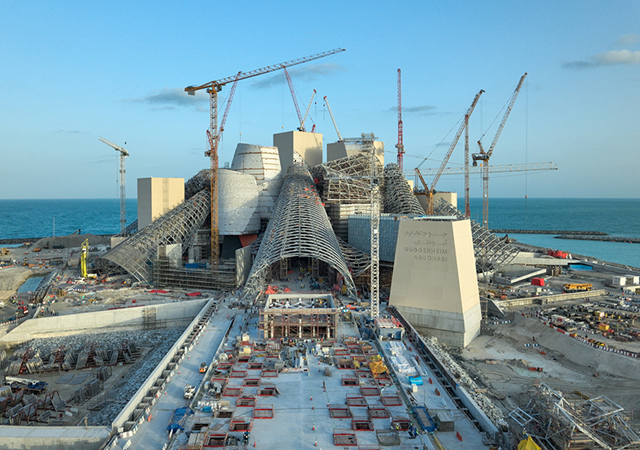
.jpg)
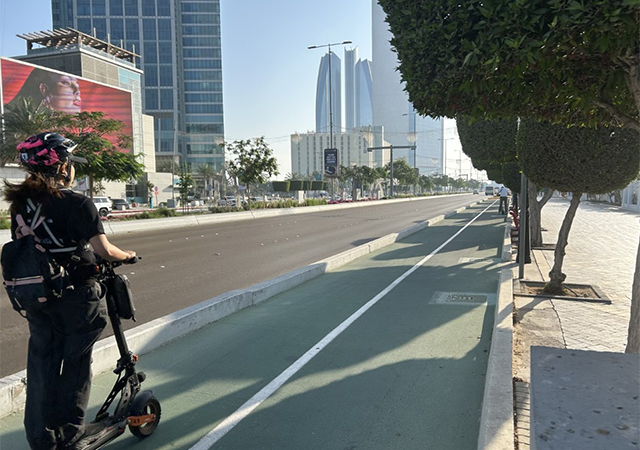
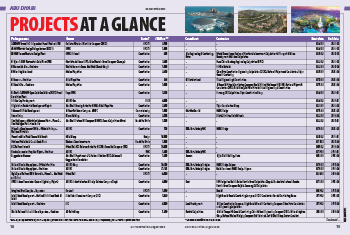



.jpg)

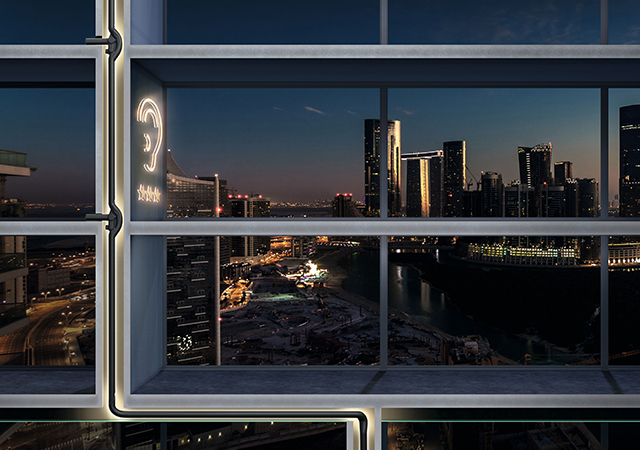
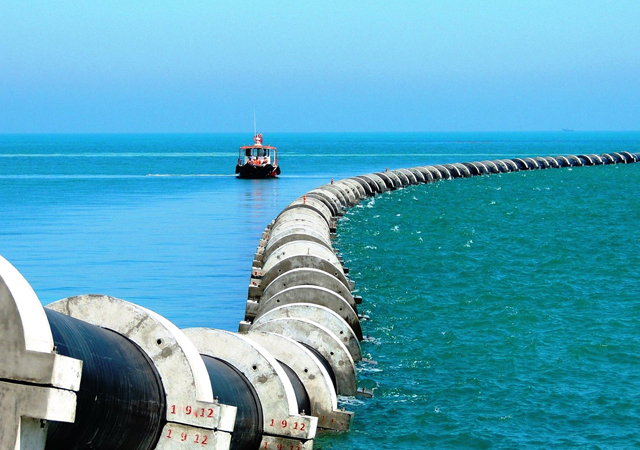



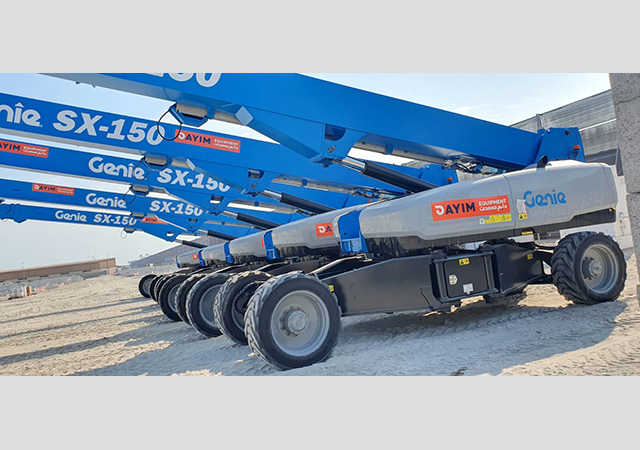
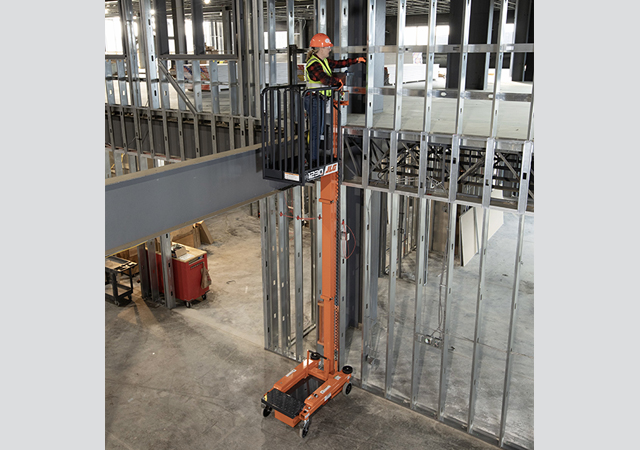
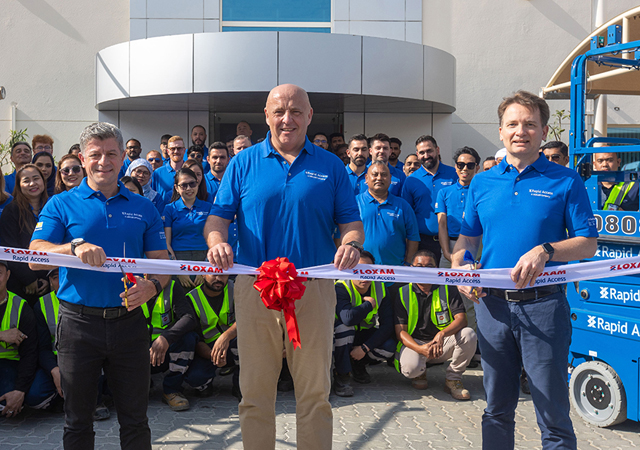
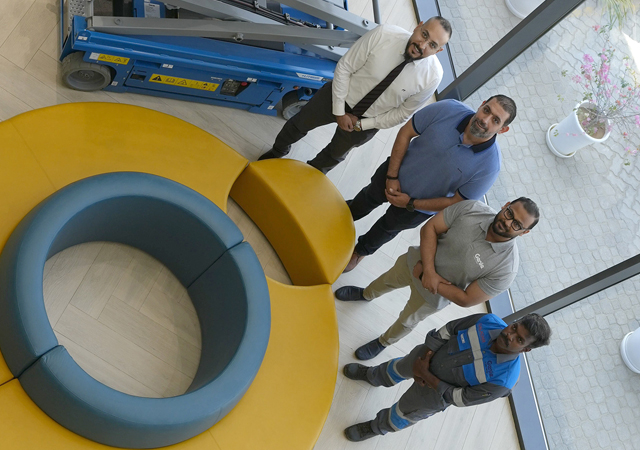
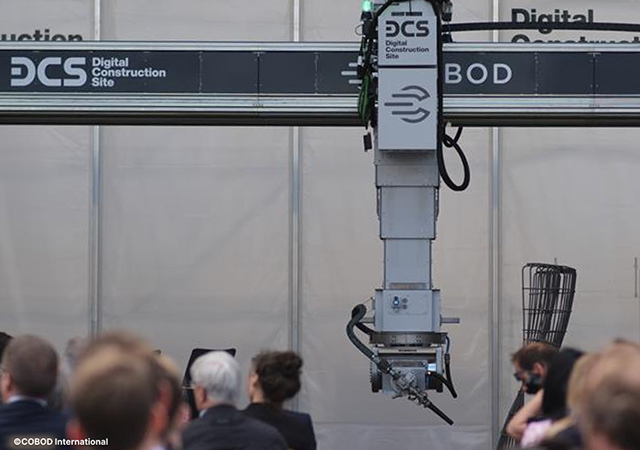
Doka (2).jpg)
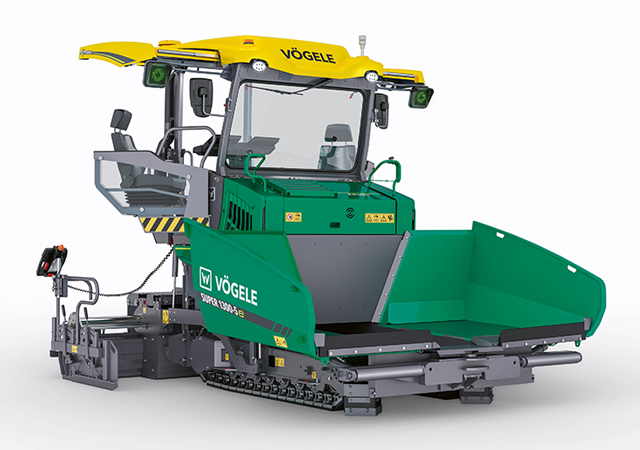


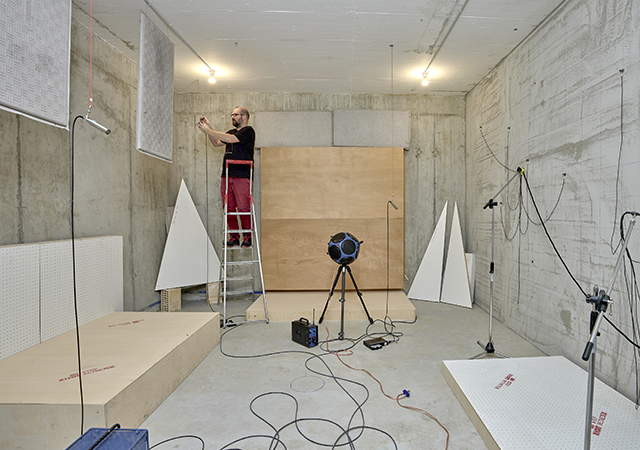
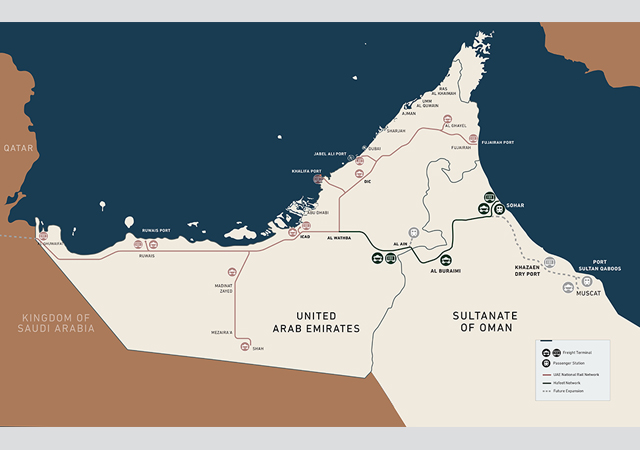



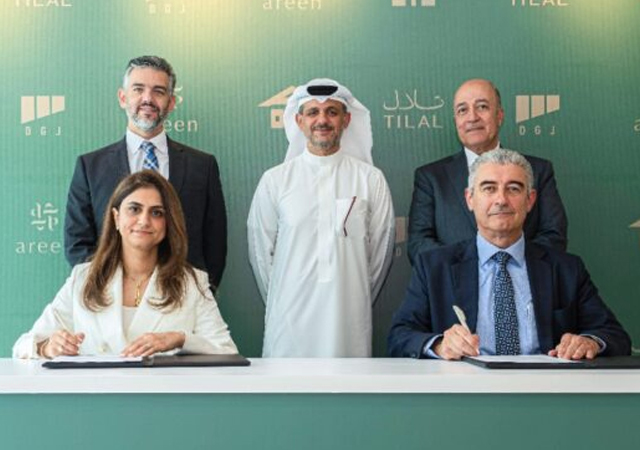
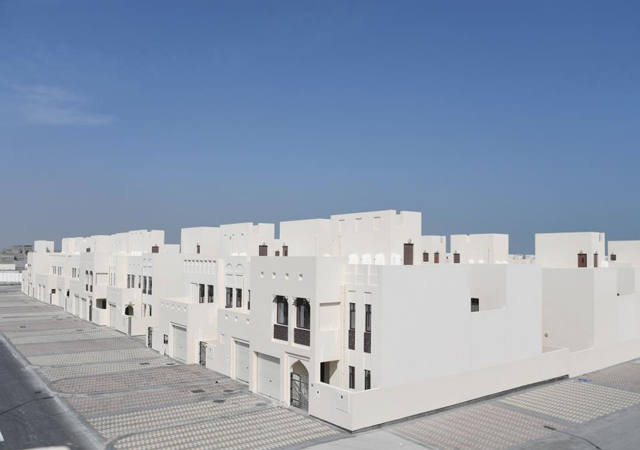
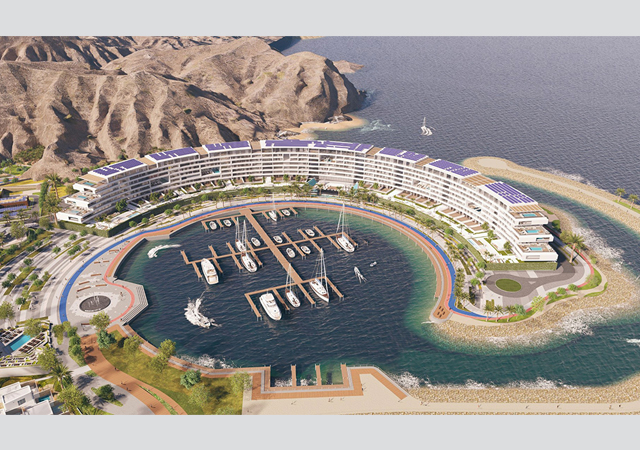





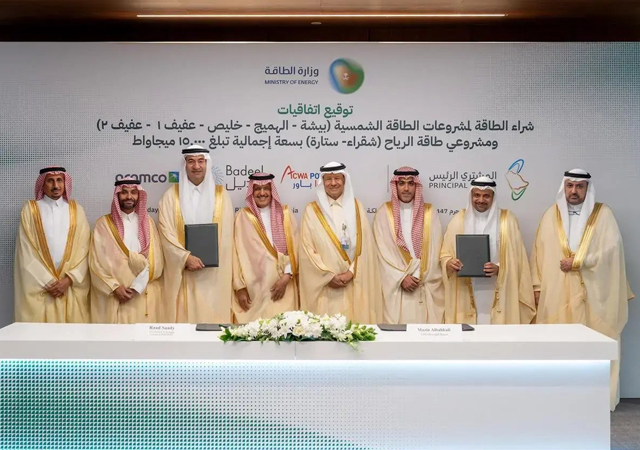


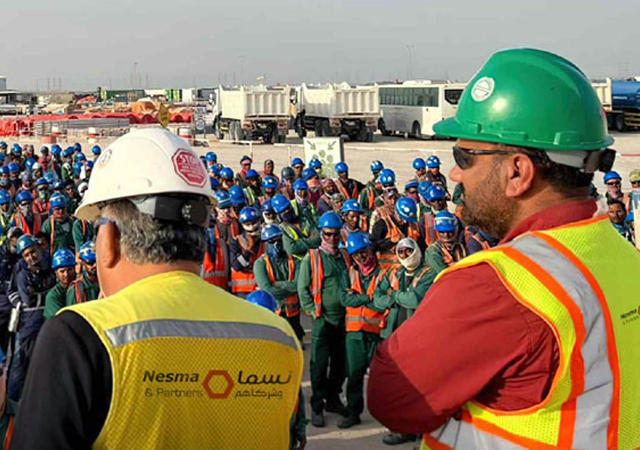

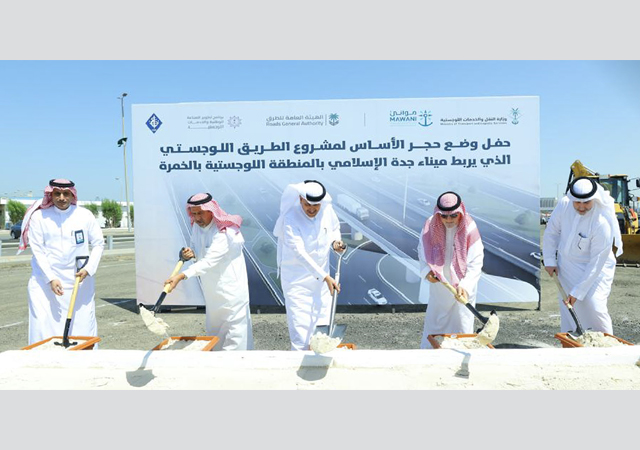






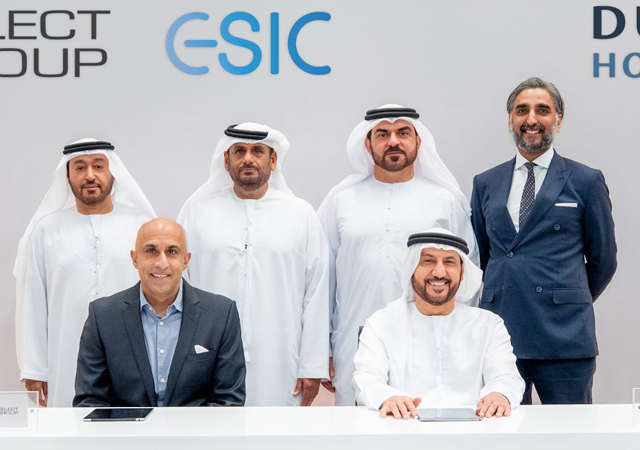

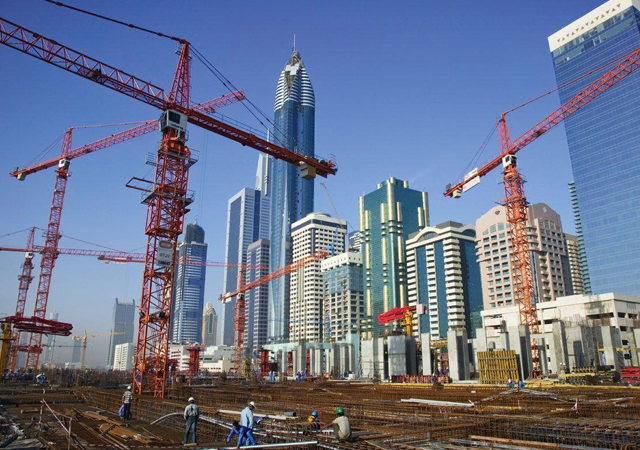




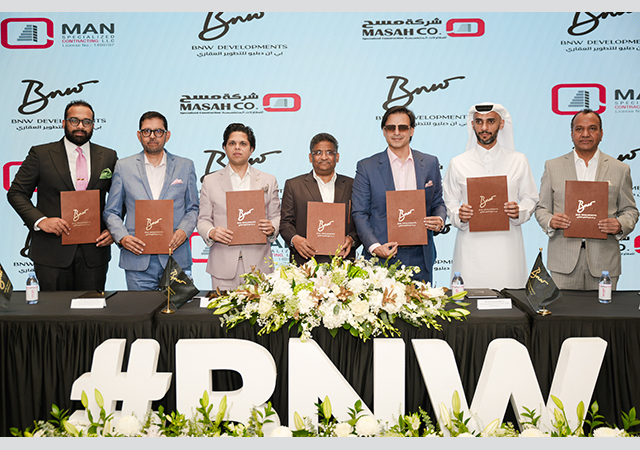
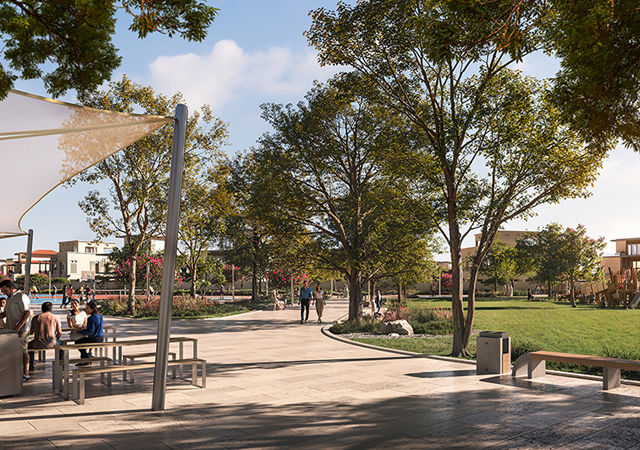

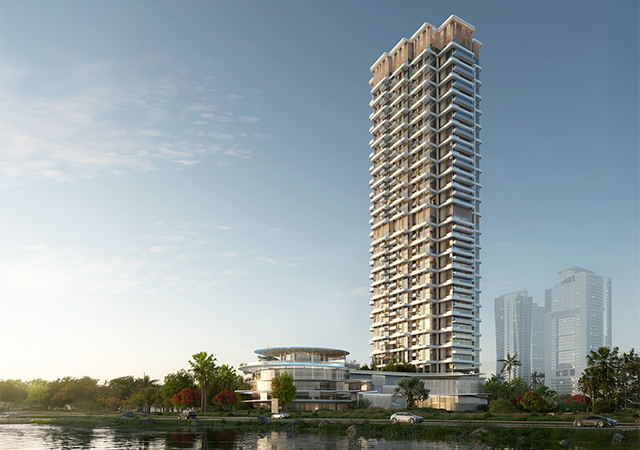

.jpg)
.jpg)

.jpg)
